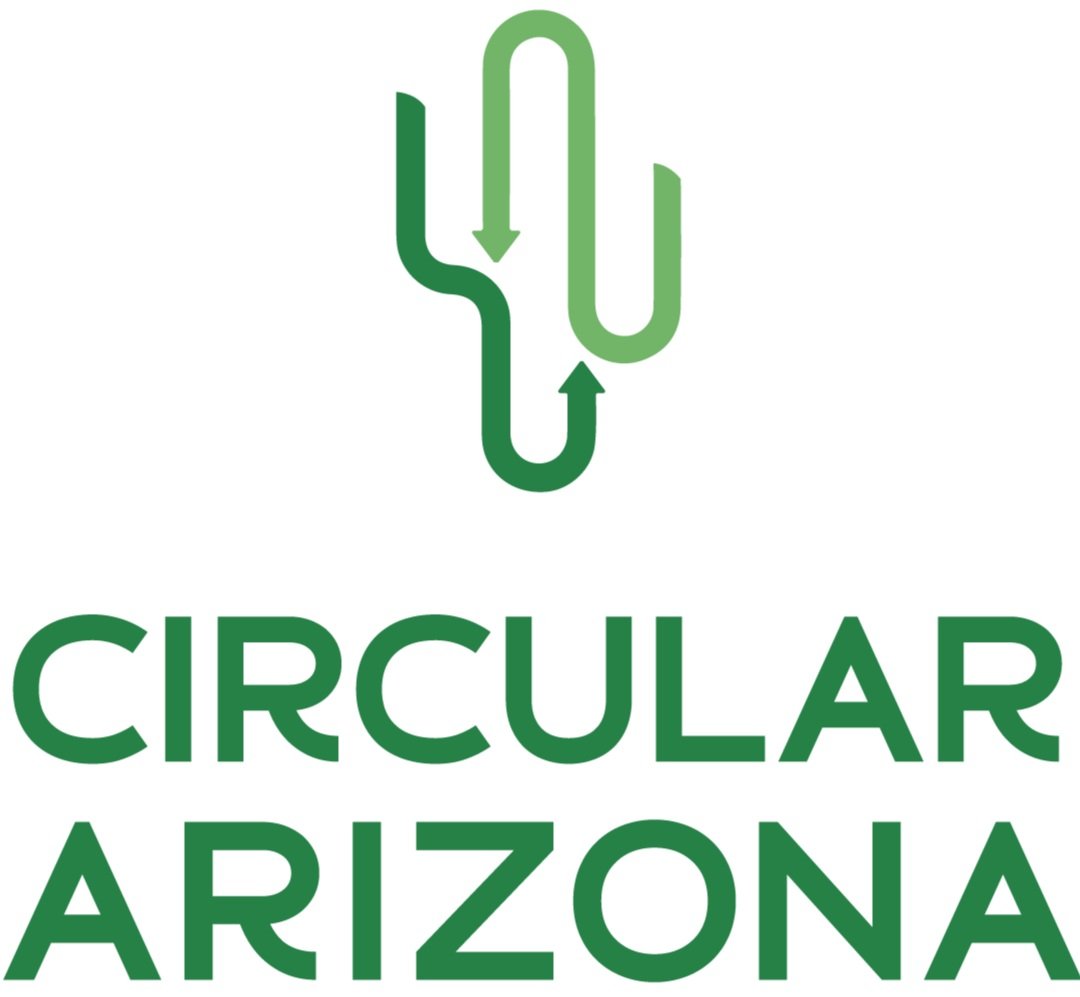Biden-Harris Administration releases draft national strategy to reduce food loss and waste
On Dec. 2, the U.S. Environmental Protection Agency (EPA), the U.S. Department of Agriculture (USDA), and the U.S. Food and Drug Administration (FDA) released the “Draft National Strategy for Reducing Food Loss and Waste and Recycling Organics” as part of President Biden’s whole-of-government approach to tackle climate change and promote a circular economy. The draft strategy outlines specific EPA, USDA, and FDA actions to prevent the loss and waste of food and other organic wastes, reducing associated environmental impacts such as methane pollution, a potent contributor to climate change with 28 times more warming potential than carbon dioxide. EPA Administrator Michael S. Regan announced this draft national strategy during the 28th Conference of the Parties (COP28) in Dubai, United Arab Emirates as one of the United States’ key deliverables. This strategy is also a deliverable in the Biden-Harris Administration’s National Strategy on Hunger, Nutrition, and Health, released in conjunction with the historic White House Conference on Hunger, Nutrition, and Health in September 2022.
“From day one, President Biden has been clear that tackling the climate crisis requires a comprehensive and whole-of-government approach. The release of this draft national strategy for food loss and waste is an important step forward in this effort to protect people and the planet,” said EPA Administrator Regan. “Reducing food loss and waste is one of the most impactful actions we can take to reduce climate pollution and build a circular economy. Working together with our partners at USDA and FDA, we will take actions to significantly reduce waste and the pollution that comes with it while improving our food system and boosting the economy.”
Recent EPA research demonstrates that while total emissions from municipal solid waste landfills are decreasing, methane emissions from landfilled food waste are increasing, and 58 percent of methane emissions released to the atmosphere from landfills are from food waste. The draft strategy aims to prevent and divert organic waste from landfills to reduce greenhouse gas (GHG) emissions and highlights opportunities, especially where communities have been underserved and overburdened, to build community-scale organics recycling infrastructure, reduce pollution, and create jobs.
The draft strategy drives progress toward the National Food Loss and Waste Reduction Goal to reduce the loss and waste of food by 50 percent by 2030. In addition, it supports the U.S. Methane Emissions Reduction Action Plan. Because methane is both a powerful GHG and short-lived compared to carbon dioxide, achieving significant reductions would have a rapid and significant effect on reducing GHG emissions.
The draft strategy features four objectives:
Objective 1: Prevent the loss of food where possible.
Objective 2: Prevent the waste of food where possible.
Objective 3: Increase the recycling rate for all organic waste.
Objective 4: Support policies that incentivize and encourage food loss and waste prevention and organics recycling.
For each objective, the strategy highlights actions that EPA, FDA, or USDA could take. Examples of specific EPA actions include:
Develop and lead a national campaign to teach consumers how reduce food waste.
Test innovative approaches to reducing food waste across the supply chain.
Support the development of additional organics recycling infrastructure through grants and other assistance for all communities, and especially those that are underserved.
Expand the market for products made from recycled organic waste.
Read the “Draft National Strategy for Reducing Food Loss and Waste and Recycling Organics.”
EPA welcomes comments on the strategy for 30 days at Regulations.gov, Docket ID No. EPA-HQ-OLEM-2022-0415.
Background
In the U.S., more than one-third (nearly 100 million tons per year) of the municipal waste stream is organic waste, of which food is the majority. Wasting food impacts the climate, releases air pollutants, contributes to water scarcity and biodiversity loss, and degrades soil and water quality.
1/3 of all available food goes uneaten. (USDA)
24% of municipal solid waste in landfills is food waste. (EPA)
Globally, food loss and waste represent 8 percent of anthropogenic GHG emissions (4.4 gigatons of carbon dioxide equivalent annually). (UN)
58 percent of methane emissions released to the atmosphere from municipal solid waste landfills is from food waste. (EPA)
In the U.S., the average family of four spends $1,500 each year on food that ends up uneaten. (USDA)
In addition to the release of this draft national strategy, earlier this year, EPA announced nearly $200 million in Bipartisan Infrastructure Law funding through the Solid Waste Infrastructure for Recycling program, as well as Recycling Education and Outreach grants, which is the largest federal investment in recycling in 30 years. Over $83 million of the new funding will support projects that include organics recycling, composting, or anaerobic digestion. The activities outlined in these projects are critical in mitigating the effects of climate change.
Learn more about:

